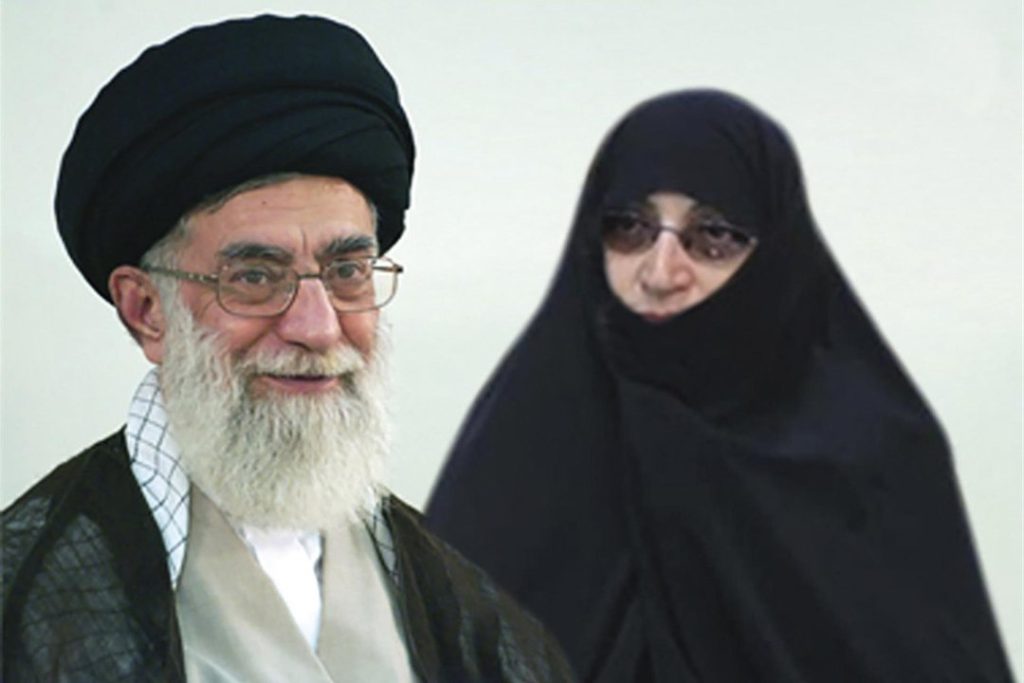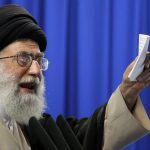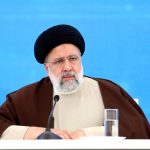The personal life of political figures often remains shrouded in mystery, and this is particularly true for the family of Iran’s Supreme Leader, Ayatollah Ali Khamenei. While Khamenei himself is a prominent public figure, details about his wife, Mansoureh Khojasteh Bagherzadeh, are less known. This article delves into her background, role, and the significance of her position within the context of Iranian society.
Early Life and Marriage
Mansoureh Khojasteh Bagherzadeh was born in 1940 in Mashhad, Iran. Coming from a religious family, she was raised in a context that emphasized Islamic values and education. In 1964, at a young age, she married Ali Khamenei, who was then a rising cleric and political figure. Their marriage took place during a tumultuous period in Iran’s history, as the country was grappling with political unrest and the early stirrings of the Islamic Revolution.
The couple has six children together, which includes both sons and daughters. Khamenei’s family life has often been kept private, reflecting a broader cultural tendency in Iran where the personal lives of political leaders are not typically publicized. Mansoureh’s role as a wife and mother has been integral to Khamenei’s life, providing him with support as he navigated the complexities of Iranian politics.
Role and Influence
While Mansoureh Khojasteh has not held a formal political position, her influence as the Supreme Leader’s wife should not be underestimated. In Iran, the spouses of high-ranking officials often play significant roles behind the scenes, influencing decisions and shaping the public image of their husbands. Mansoureh is known for her commitment to Islamic values and has participated in various charitable activities, particularly those focused on women and children.
Despite her low public profile, she has been involved in social initiatives that align with the principles of the Islamic Republic. Her presence at public events and her participation in various charitable organizations reflect her commitment to the ideological foundations of the regime. The role of women in Iranian society, particularly in relation to leadership, is complex, and Mansoureh’s position exemplifies the intersection of personal and political spheres.
Public Perception and Privacy
Mansoureh Khojasteh’s private life contrasts sharply with the public persona of her husband. While Khamenei is frequently in the spotlight, making speeches and engaging in political discourse, Mansoureh has largely remained out of the public eye. This intentional privacy is not uncommon among the families of Iranian leaders, who often seek to maintain a degree of separation from the political turmoil that surrounds them.
Public perception of Mansoureh is shaped by her husband’s status and the broader context of Iranian society. Many Iranians view her as a symbol of the traditional role of women in a conservative society, while others may criticize the lack of visibility and agency that women of her stature might have. Nonetheless, her life reflects the complexities of being the spouse of a powerful political figure in a society that is deeply intertwined with religious and cultural norms.
Legacy and Future
As the Supreme Leader of Iran, Khamenei’s health and longevity in office have raised questions about the future of the leadership and the potential for succession. While Mansoureh Khojasteh has not been directly involved in political matters, her legacy will inevitably be linked to her husband’s tenure and the direction of the Islamic Republic.
The next generation of Khamenei’s family, including his children, may play a more prominent role in Iranian politics as the country evolves. Mansoureh’s influence as a mother and matriarch could shape the values and ideologies of her children, who may one day find themselves in positions of power or influence within the Islamic Republic.
In conclusion, Mansoureh Khojasteh Bagherzadeh, as the wife of Ayatollah Ali Khamenei, occupies a unique position in Iranian society. While she may not be a public figure in the traditional sense, her life and role reflect the complexities of being part of a powerful political family in a conservative society. As Iran continues to navigate its political landscape, the influence of Khamenei’s family, including Mansoureh, will remain a point of interest for both domestic and international observers.



